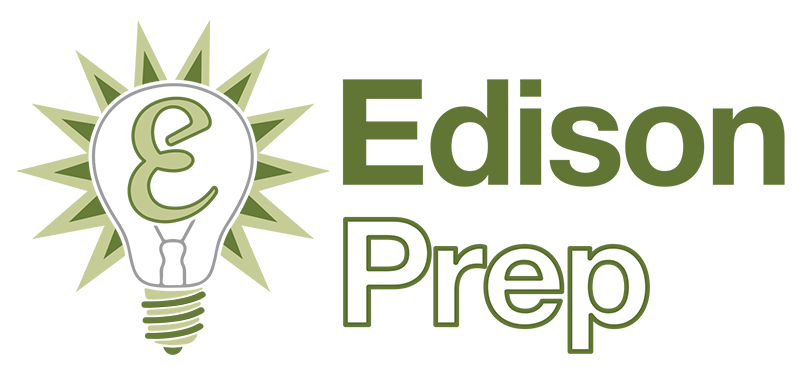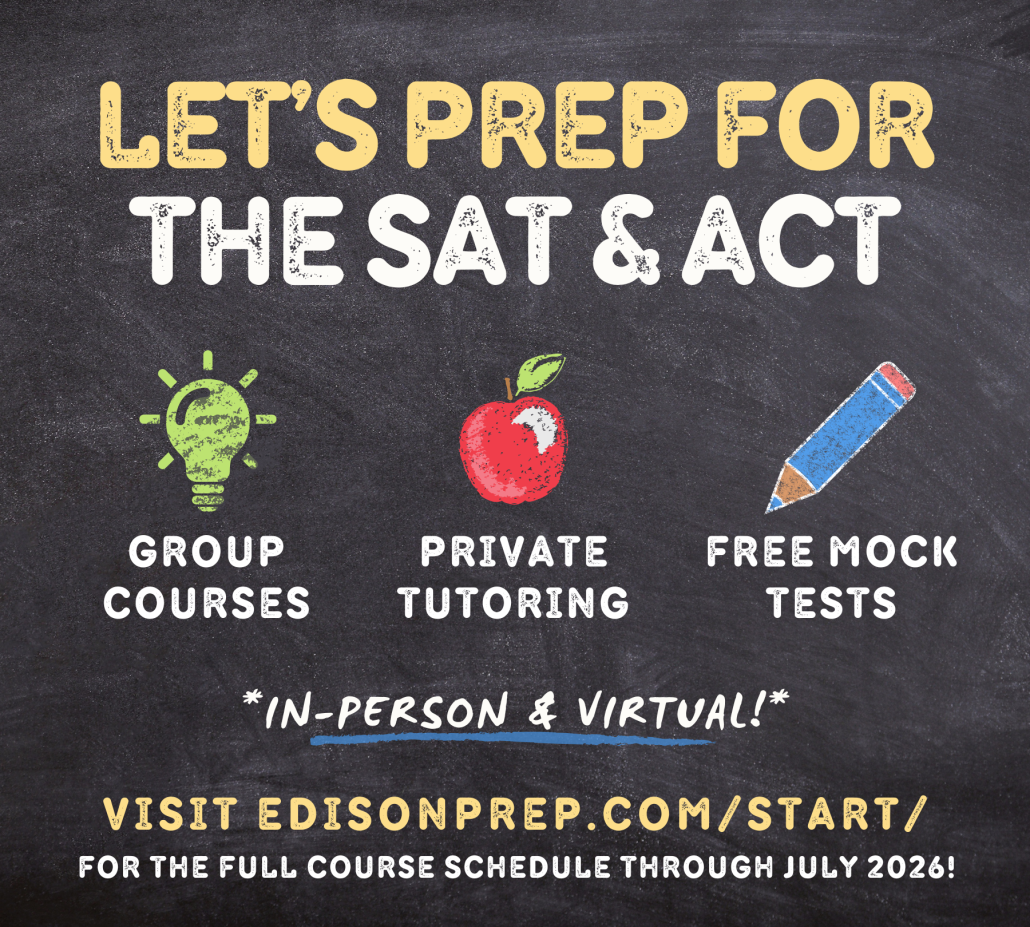Guest Post: Leveraging Downtime to Pay for College via External Scholarships
By Dave the Scholarship Coach with Scholarship GPS
There’s no such thing as a free lunch. This is the first thing my professor taught me in Econ 101, and it’s a lesson that has served me well throughout adulthood. There is a cost to everything, including our kids’ “downtime.”
Nearly 60% of adults are delaying retirement, and over 40% have pulled money from their retirement savings to help pay for their kids’ college education and/or student loans. But what does this have to do with kids’ “downtime?”
Of course, everyone needs a break, including our kids. But, beyond a certain point, the cost of a student’s “downtime” outweighs the benefits. So, how can our kids best utilize their downtime so that it doesn’t become too costly to themselves or their parents?
Applying for private (also known as outside) scholarships is an excellent way for students to leverage their downtime. Unlike merit aid, which comes from the colleges, private scholarships instead come from business and philanthropic organizations. These scholarships can be used at any accredited college in the country, and some of them even send their awards directly to the student to be used as the student (or parent) sees fit.
For many students, the highest percentage of scholarship funds comes from merit aid. And, aside from the small percentage of students who earn athletic scholarships or scholarships for artistic talents, most merit aid is awarded based on a combination of a student’s GPA and standardized test scores. Some colleges even publish a merit aid grid that shows exactly what a student will be awarded based on their stats.
The harsh reality, however, is that for most students, merit aid awards are not nearly enough to cover a student’s full financial need for college. Even top students (and their parents) are shocked by just how small their scholarship offers are. For example, a Class of 2025 valedictorian I know was only offered a mere $1000 in merit aid from her dream college. This is why students are accumulating crippling student loan debt, and why parents are delaying their retirement.
To avoid student loans and to keep parents on track for on-time retirement, college-bound students need to look at paying for college as their “job.” As Edison Prep founder, Brian Eufinger, said in my interview with him, “GPA is sacred.” This is because a student’s GPA is crucial for earning merit aid from any college, and often is a significant consideration for private scholarships, as well. So, doing well in school should be a student’s top priority. And, because standardized test scores frequently play a role in earning merit aid, prepping for those tests can also be considered an excellent way for students to help pay for college. Finally, a strong college application, including well-crafted essays and a great resume, also plays a significant role.
But, what about the time before a student starts applying for college? Or the time after college applications have been submitted, and students are awaiting admissions and financial aid award decisions? That “downtime” is the perfect opportunity for students to apply for private scholarships.
Most people don’t realize that college scholarships are available before a student’s senior year of high school. One of my students earned a $2500 scholarship as a high school freshman. His brother earned the same scholarship as a 4th-grader. Another one of my students earned $15,000 in private scholarships before the end of her sophomore year in high school. My son earned three (of his total 23) private scholarships as a high school junior. There is even a full-ride scholarship that is exclusively open to high school juniors. There are numerous opportunities for students to earn scholarships, even before they submit their first college admissions application.
But, what about students who have applied to college, achieved their target standardized test scores, and are waiting to find out which colleges they have been accepted into, and what merit aid they are being awarded? Those students should spend this “downtime” applying for private scholarships. Edison Prep’s Brian Eufinger supplemented his merit aid with private scholarships. Two-thirds of my son’s college expenses were paid for with private scholarships. I’ve worked with students who have even created their own “full ride” by earning enough in private scholarships to cover the entire cost of their college degree.
To learn more about private scholarships, including how to find them and best practices for applying, I invite you to check out Scholarship GPS.








